Mold Inspection
Before removing any kind of mold problem (big or small), you first need to find out what’s causing it so that you can prevent the mold from growing back.
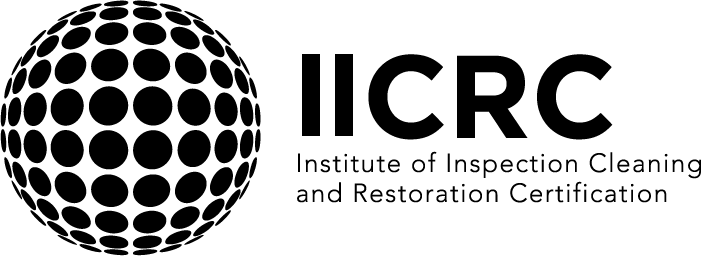
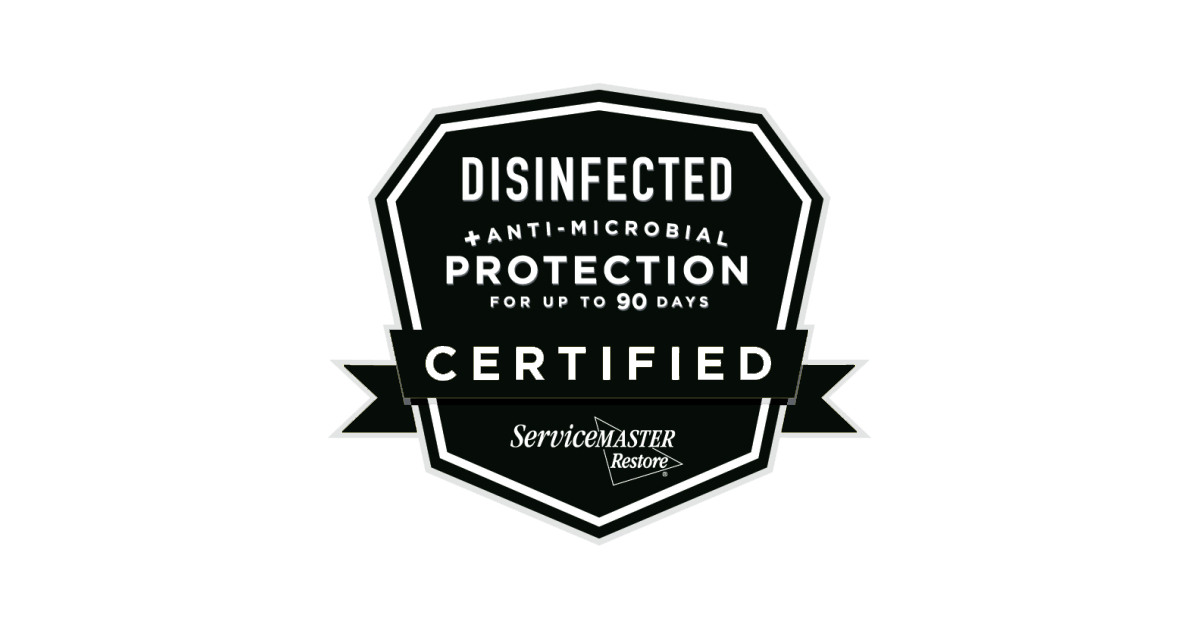

What Can You Expect From a Mold Inspection?
A mold inspection is not just for emergencies—it’s a proactive step in protecting your home and health. Here’s what prompts most homeowners to schedule one:
-
Preparing to sell your home – Ensure a clean bill of health for prospective buyers.
-
Noticing a musty or “funny” smell – Odors often indicate hidden mold growth.
-
Living in a high-humidity or flood-prone area – These conditions increase mold risk.
-
Experiencing health symptoms – Persistent coughing, wheezing, or skin and eye irritation could signal mold exposure, especially for those with asthma or allergies.
-
Peace of mind – Even if mold is common, it’s the concentrated indoor growth that poses a threat.
During the inspection, a professional will check common problem areas, identify potential growth zones, and recommend effective solutions. The earlier you detect mold, the easier it is to remove—and keep away for good.
Schedule your inspection today with Trott Home Services—because clean air starts at home.
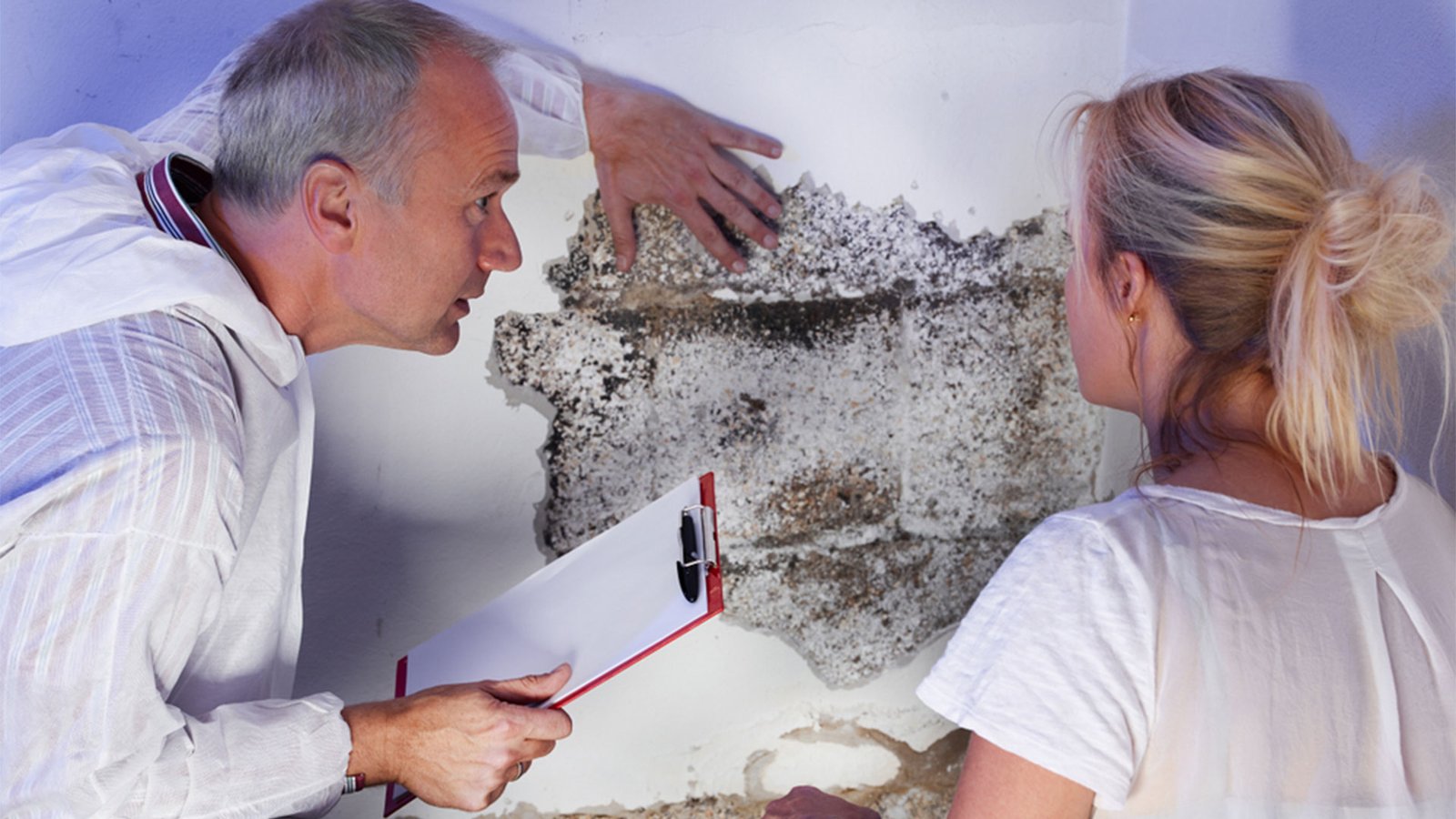
Where should I check for Mold?
All it takes is some excess moisture and somewhere for mold to grow on. So anywhere that is frequently damp with poor ventilation. The best places to look for mold are:
- Attics
- Bathroom
- Walls & Floor
- Kitchen Sink (underneath especially)
- Fridge
- Pantry
- Basement
- Window Sills
- HVAC vents
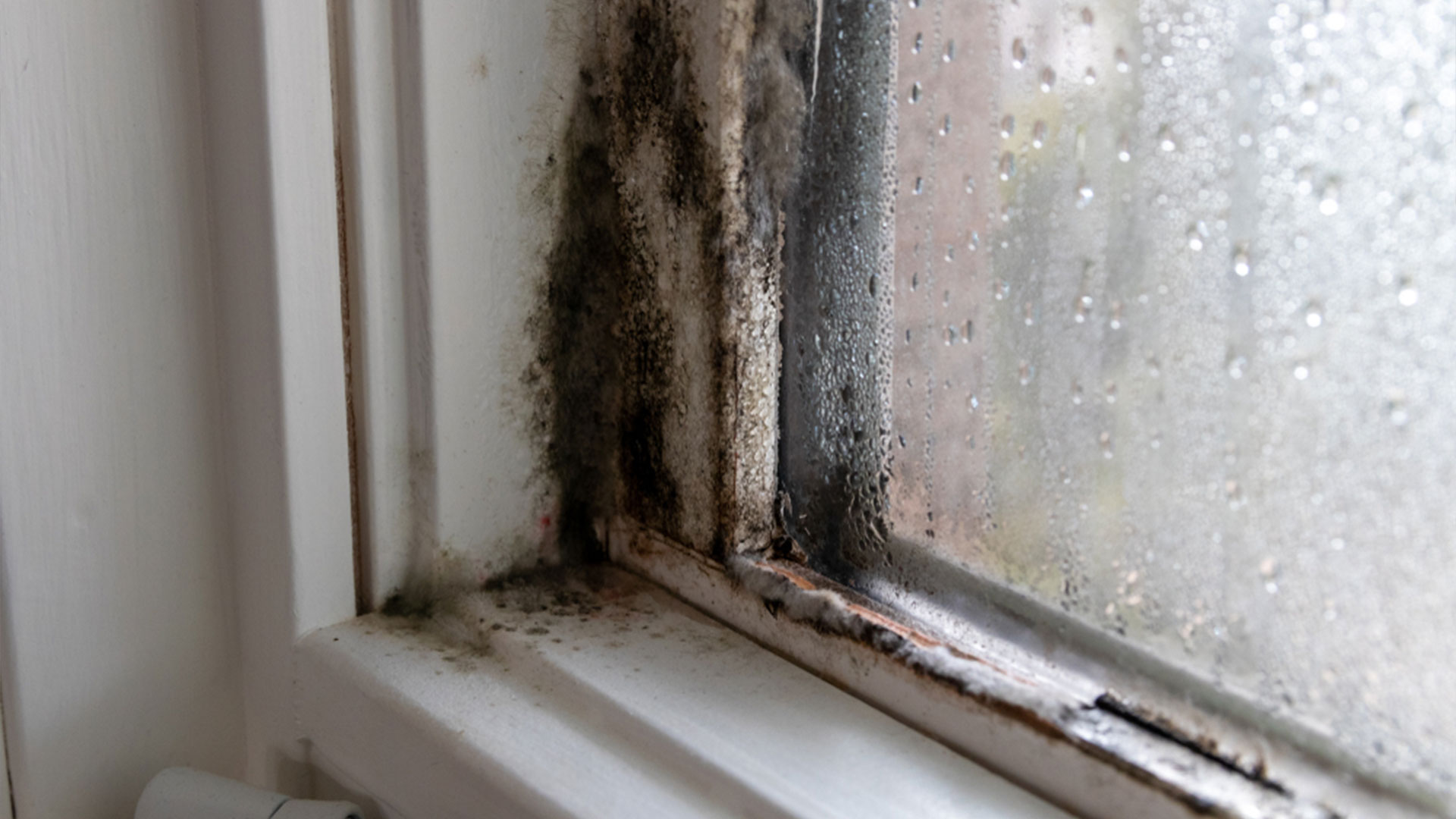

Top Places Mold Loves to Hide in Your Home
All mold needs to grow is a bit of moisture and a surface to cling to—especially in areas with poor ventilation and frequent dampness. Here are the most common spots where mold can take hold:
-
Attics – Often overlooked, but prone to trapped heat and humidity.
-
Bathrooms – A prime spot due to constant moisture and steam.
-
Walls & Flooring – Especially in basements or behind furniture.
-
Under the Kitchen Sink – Leaks and condensation are mold magnets.
-
Behind/Under the Fridge – Hidden condensation builds up fast.
-
Pantry – Poor airflow and forgotten spills create perfect conditions.
-
Basements – Dark, damp, and often under-ventilated.
-
Window Sills – Condensation and wood surfaces make for easy growth.
-
HVAC Vents – Mold spores can spread through the air system if left unchecked.
Regular checks in these areas can prevent bigger issues down the line. If you’re unsure or suspect a problem, a professional inspection from Trott Home Services can provide clarity and solutions.
How to Prevent Mold from Taking Hold in Your Home
Mold thrives in damp, poorly ventilated areas—but with a few smart habits, you can make your home a tough place for mold to survive. Here’s how:
-
Use a Dehumidifier: Keep humidity levels below 60% to reduce moisture in the air.
-
Improve Airflow: Open windows when possible, and use fans to keep air circulating.
-
Clean Regularly: Especially in kitchens, bathrooms, and basements where mold loves to settle.
-
Store Food Properly: Avoid leaving food out; it can fuel mold growth, especially in hidden corners.
Prevention is key. A mold-free home is healthier, more comfortable, and easier to maintain.
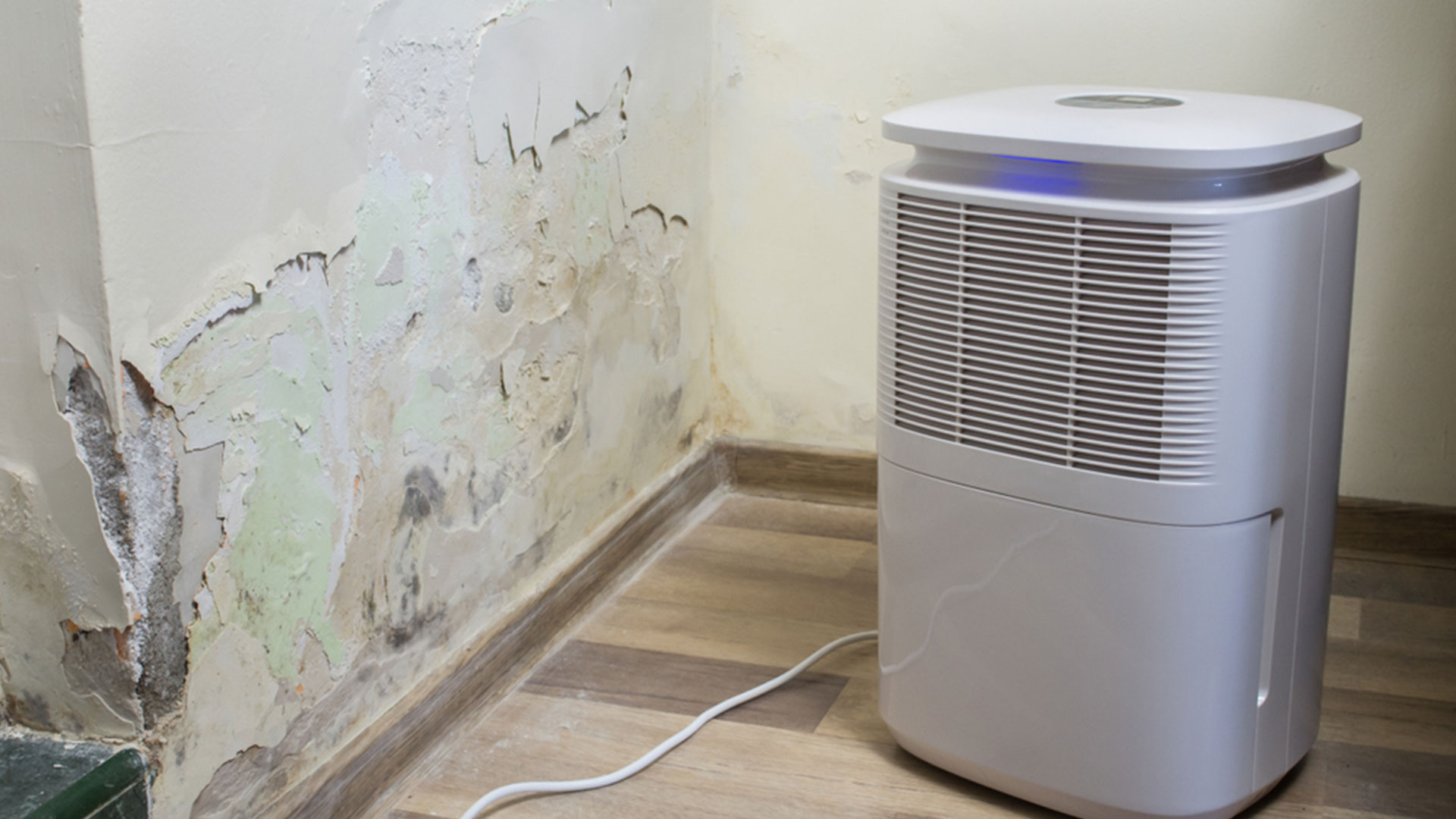
Still Not Sure? Contact Us To Have A Professional Mold Inspection
Living with mold can have serious effects on your health. Have one of our certified technicians inspect your home today.
